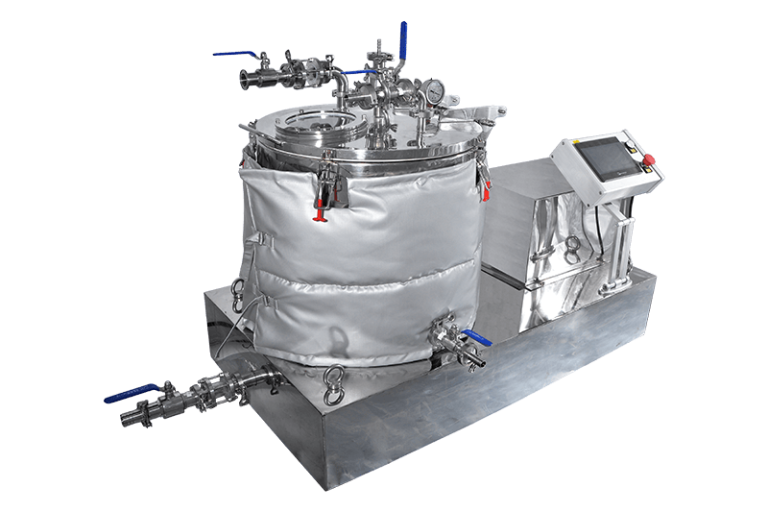Which is better freeze dryer or spray dryer
Spray dryers and freeze dryers are two different drying technologies, each with different advantages and applicable scenarios. Which one is better depends on the specific application needs, material properties and production process requirements. Here are some key factors comparing the two:
Cost:
1.Spray dryers: Typically low-cost equipment, they are usually relatively energy-efficient because the process speed is faster and energy consumption is relatively low.
2.Freeze dryers: The equipment cost is relatively high, and low temperature needs to be maintained during the freeze-drying process, so energy consumption may be high.
Drying speed:
1.Spray dryers: Spray drying is usually fast and is suitable for scenarios where liquids need to be quickly converted into dry powders.
2.Freeze dryers: The freeze-drying process is relatively slow and usually takes longer to complete.
Product quality:
1.Spray dryers: The spray dryer can maintain a small particle size and a large specific surface area, and is suitable for occasions where fine particles are required and product quality is maintained.
2.Freeze dryers: During the freeze-drying process, due to the evaporation of water under low temperature conditions, it helps to maintain the activity and structure of the material, and is suitable for scenarios that have higher requirements for product structure and activity.
Applicable materials:
1.Spray dryers: Suitable for various liquid materials, including solutions, suspensions and emulsions.
2.Freeze dryers: Suitable for heat-sensitive materials. The freeze-drying process can be carried out at a lower temperature, which helps to maintain the stability of the material.
Application areas:
1.Spray dryers: Suitable for small to medium-sized to large-scale production, commonly used in pharmaceutical, food, chemical and other fields.
2.Freeze dryers: Mainly used for the preparation of small batches and high value-added products, such as drugs, biological products, etc.
The final choice should be based on specific production needs, budget and product quality requirements. In practical applications, a combination of the two is sometimes used, and different drying technologies are selected according to the production process at different stage

